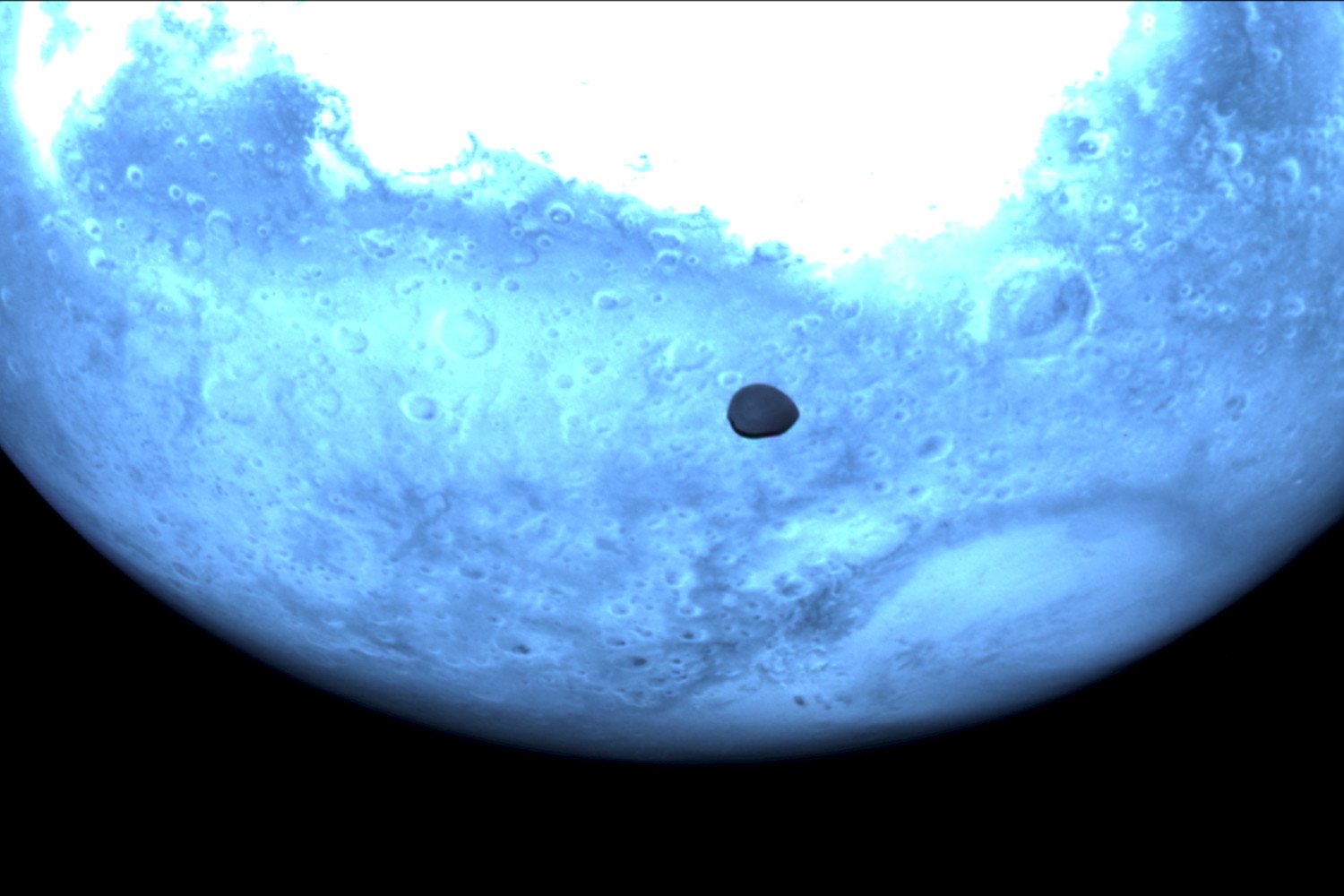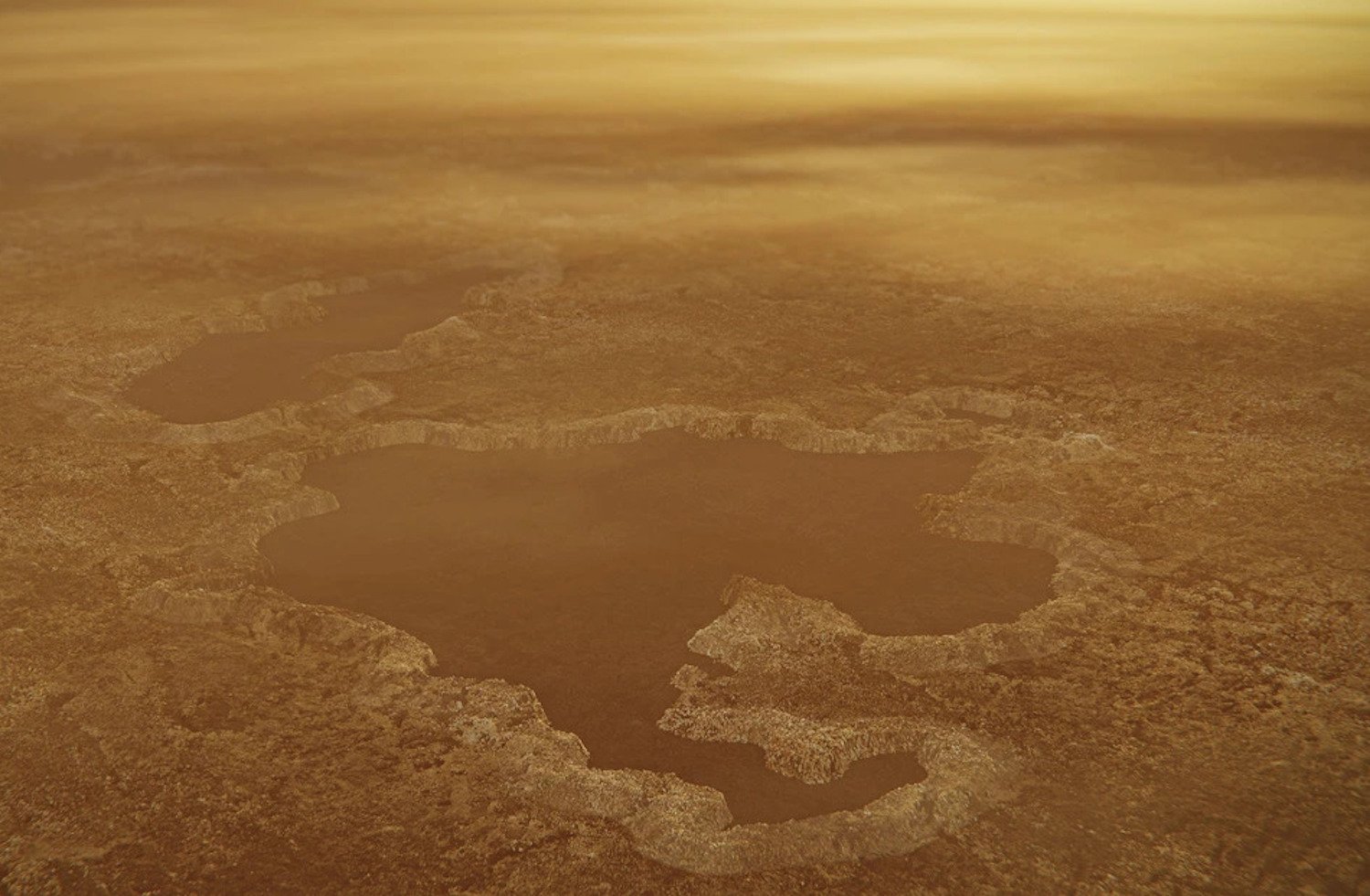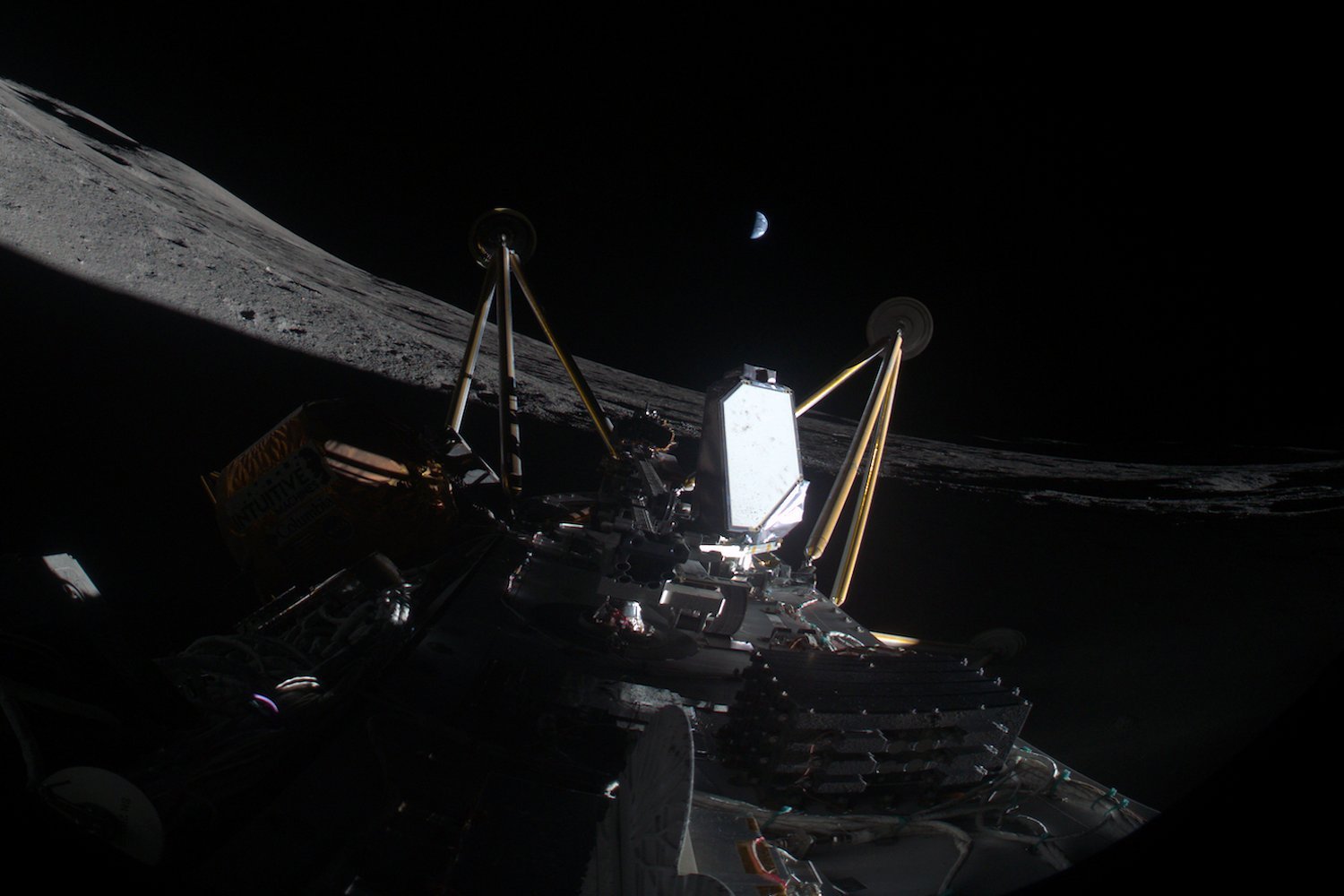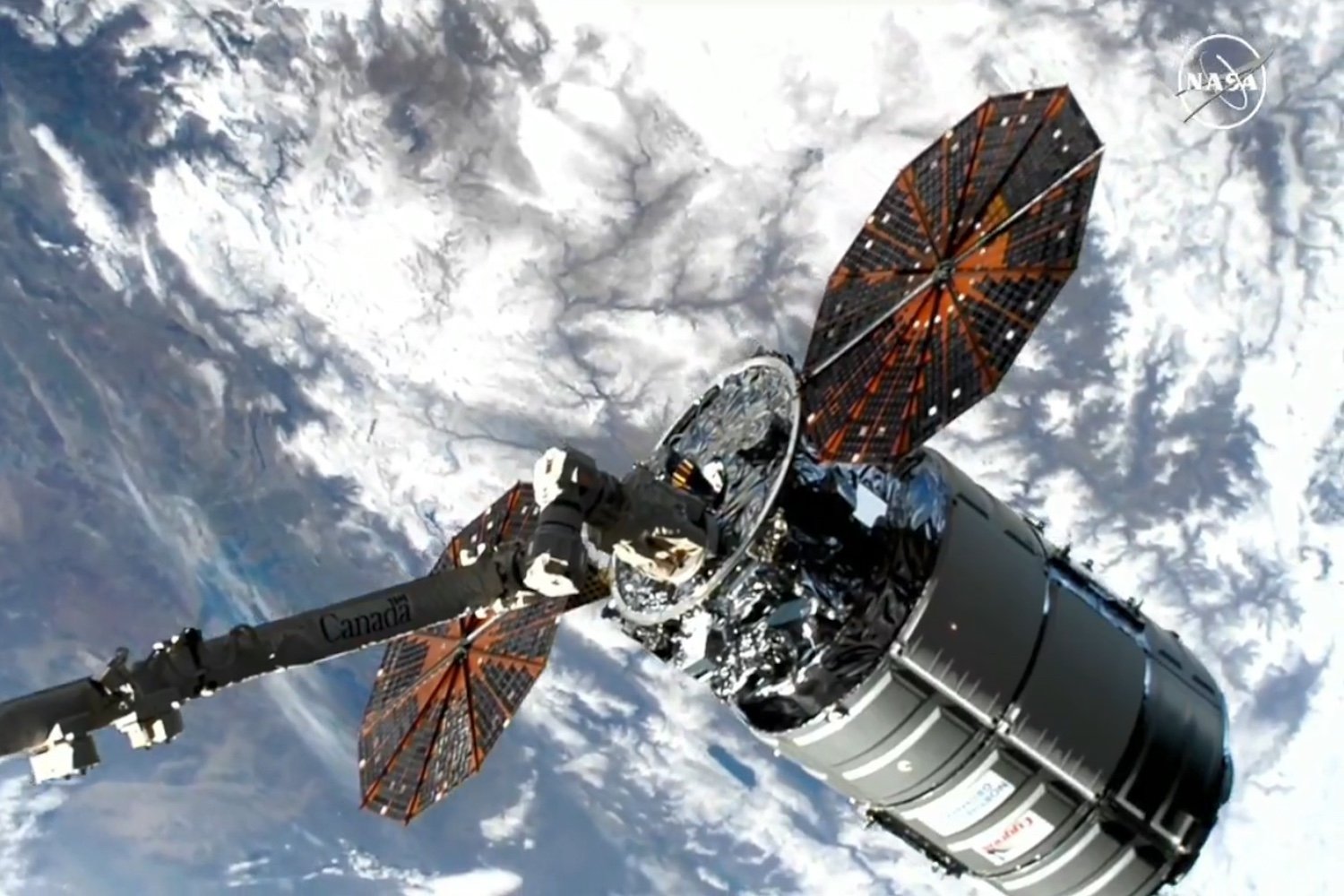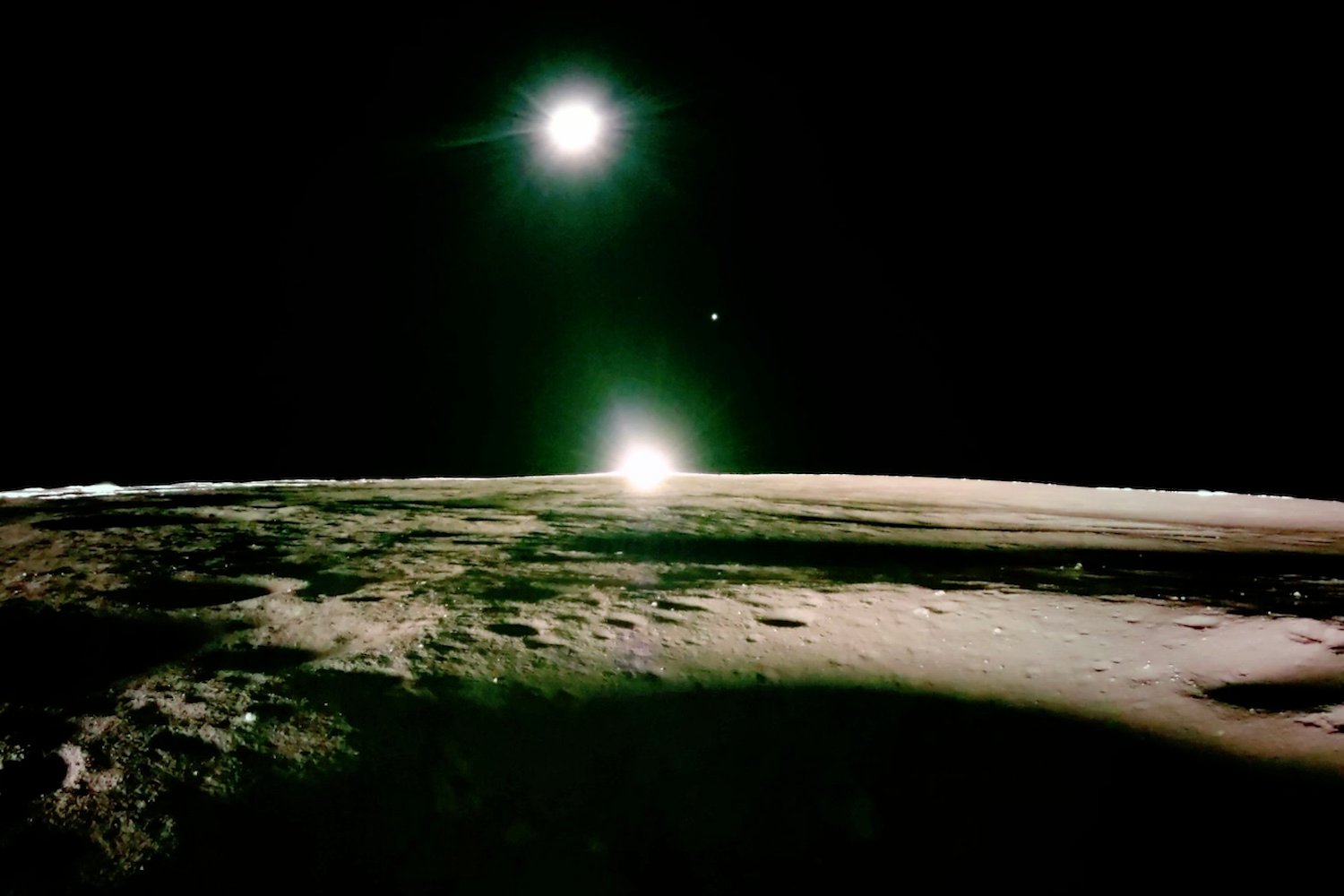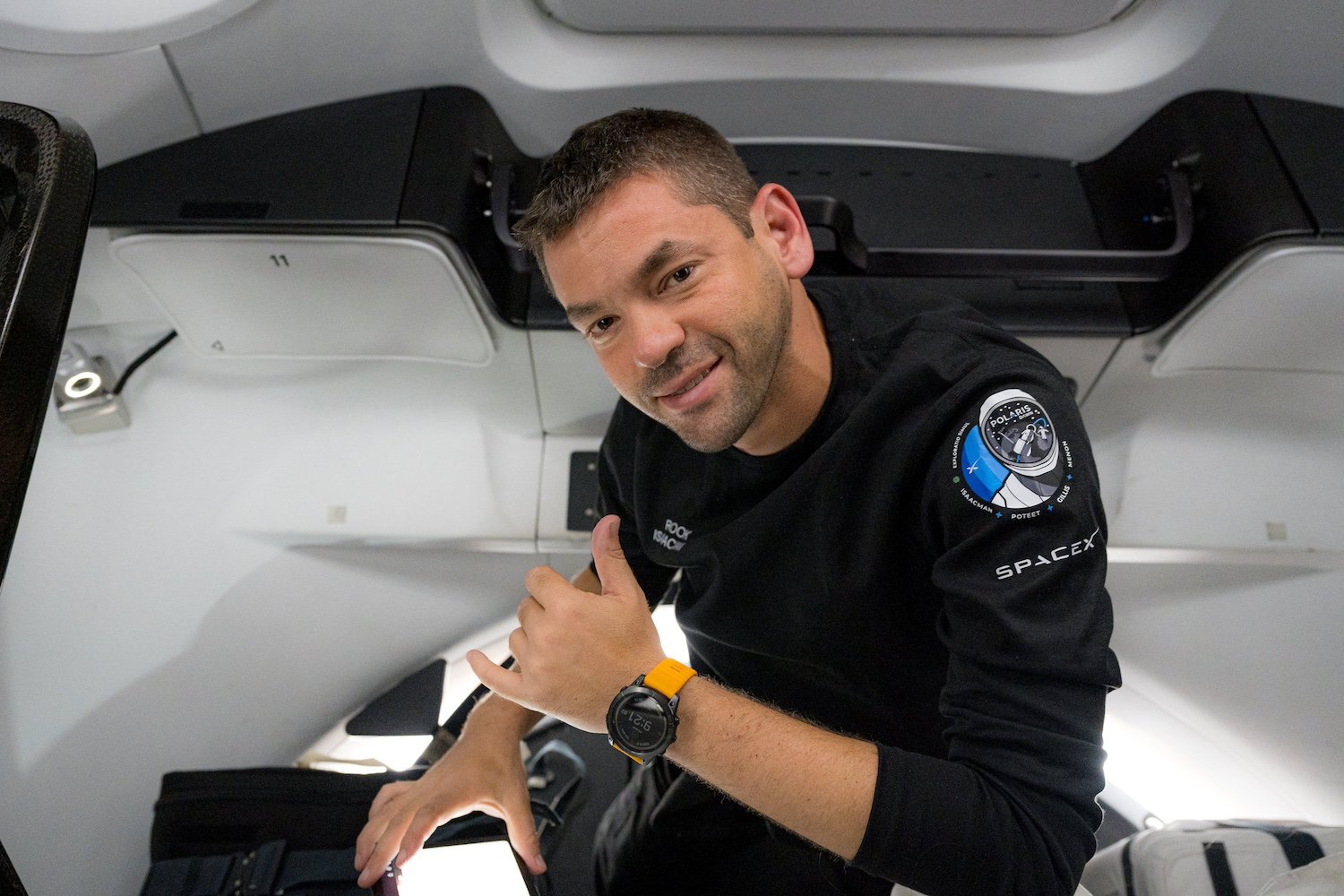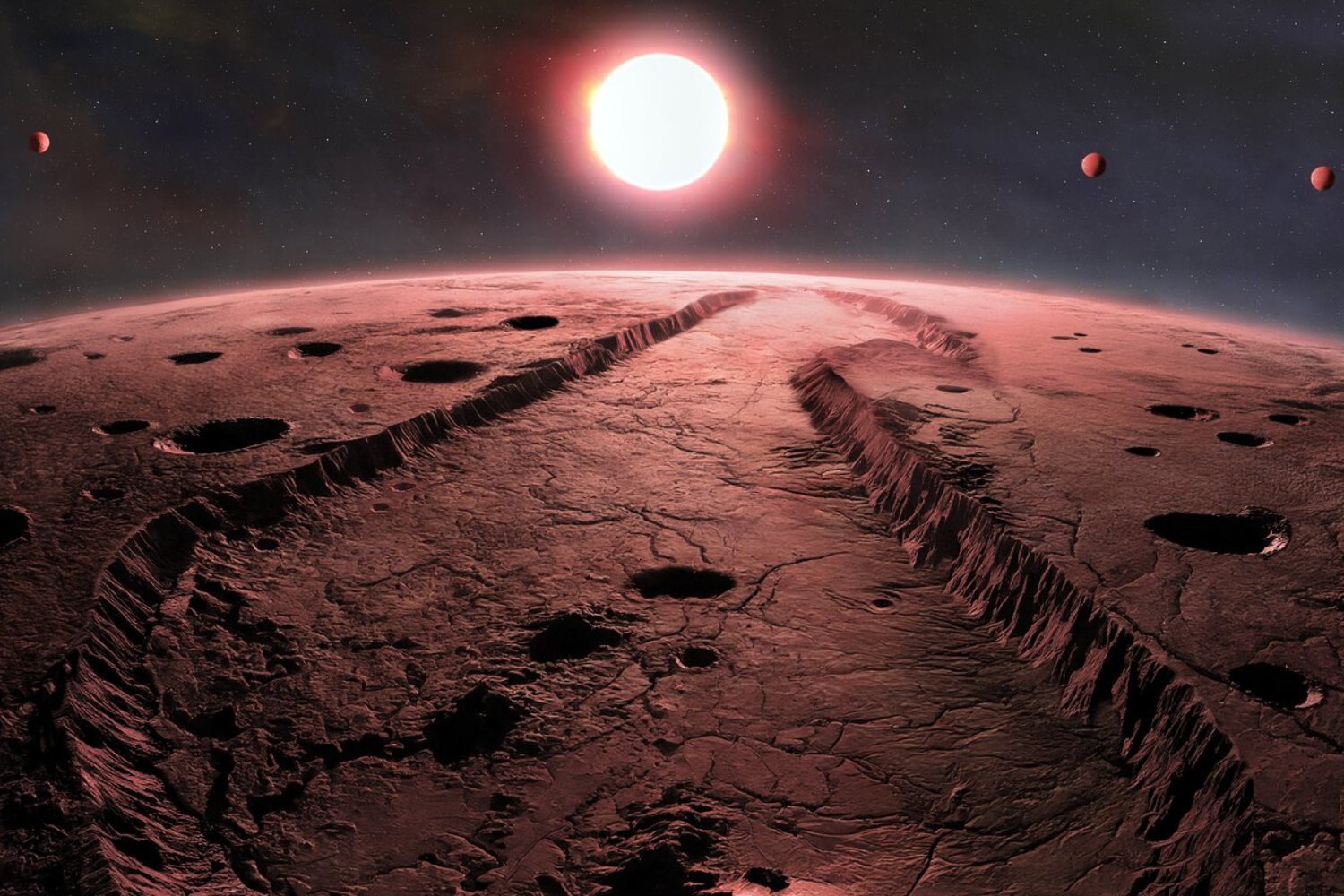The European Space Agency’s (ESA) Hera mission, en route to its target asteroid system, successfully completed a Mars flyby, utilizing the planet’s gravity to adjust its trajectory. During this maneuver, Hera captured images of Mars’ lesser-known moon, Deimos, providing valuable scientific data.
Hera, launched in October 2024, is tasked with investigating the aftermath of NASA’s Double Asteroid Redirection Test (DART) mission, which successfully altered the orbit of an asteroid. While Hera’s primary objective is to reach its asteroid target in 2026, the Mars flyby presented a unique opportunity to test its scientific instruments. The spacecraft approached within 3,106 miles (5,000 kilometers) of Mars, allowing the planet’s gravity to slingshot Hera towards its ultimate destination. During this close approach, Hera activated three instruments to capture images of both Mars and its moon, Deimos.

“These instruments were previously tested during Hera’s departure from Earth, but this marks their first deployment on a small, distant moon about which we still have limited knowledge. This flyby demonstrates their excellent performance,” explained Michael Kueppers, ESA’s Hera mission scientist, in a statement.
Deimos: A Mysterious Martian Moon
Mars possesses two moons: Phobos and Deimos. Deimos, the smaller of the two, measures a mere 7.7 miles (12.4 kilometers) across. Its origins remain uncertain, with theories suggesting it could be a fragment of Mars, broken off during a large impact event, or a captured asteroid drawn in by the planet’s gravity. Deimos completes one orbit around Mars every 30 hours.
In addition to capturing images of Deimos, Hera conducted joint observations with ESA’s Mars Express orbiter, which has been studying Mars for over two decades. This collaboration provides a unique opportunity to combine data from two different spacecraft, enhancing our understanding of the Martian system.
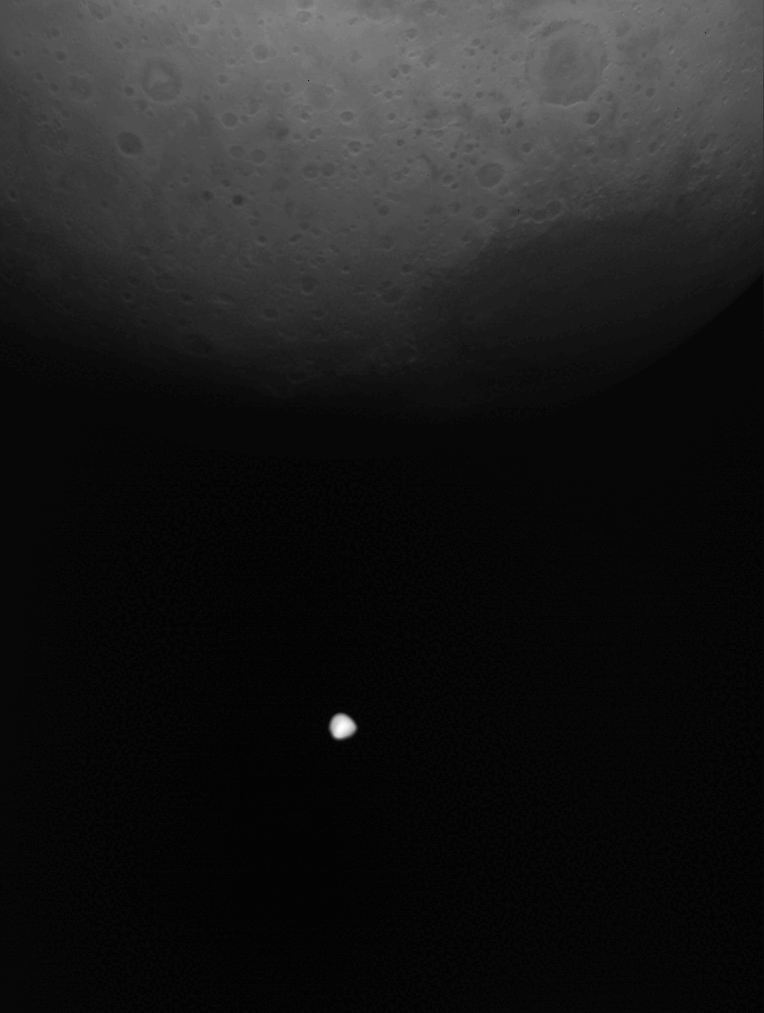
Hera’s Ultimate Target: The Didymos Binary Asteroid System
Hera’s primary mission focuses on the Didymos binary asteroid system, significantly smaller than Deimos. This system consists of a 558-foot-wide (170-meter) asteroid named Dimorphos orbiting a larger, 2,625-foot-wide (800-meter) companion, Didymos. In September 2022, NASA’s DART spacecraft intentionally impacted Dimorphos to test the feasibility of asteroid deflection. The impact successfully altered Dimorphos’ orbital period, demonstrating the potential of kinetic impactors for planetary defense.
Hera’s Future Mission
While ground-based observations provided initial data on DART’s impact, Hera’s close-up investigation will provide crucial details about the impact’s effects. Hera is scheduled for a follow-up maneuver in February 2026, followed by a series of thruster firings to refine its trajectory, with a planned arrival at the Didymos system in December 2026.
“This Mars flyby has been an exciting first exploration experience for the Hera team, but it’s only the beginning,” stated Ian Carnelli, ESA’s Hera mission manager. “In 21 months, Hera will reach its target asteroids and commence a detailed investigation of the only object in our solar system to have its orbit measurably changed by human intervention.”



